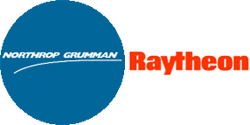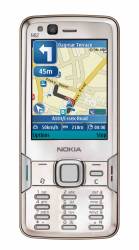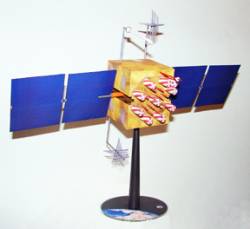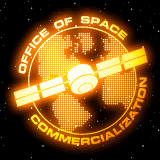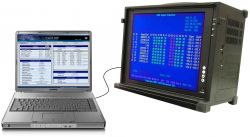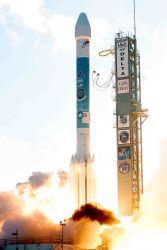SMC’s Hamel Receives AFA Award
 Lt. Gen. Michael Hamel
Lt. Gen. Michael HamelLt. Gen. Michael Hamel, Space and Missile Systems Center (SMC) commander, has received the Air Force Association’s 2007 Gen. Thomas D. White USAF Space Trophy. The award recognizes outstanding contribution to the nation’s progress in aerospace.
Under General Hamel’s leadership, SMC has had 54 successful space launches in a row, a feat unparalleled in military space history, according to SMC. He serves not only as the center’s commander but also as the Air Force
By Glen Gibbons


